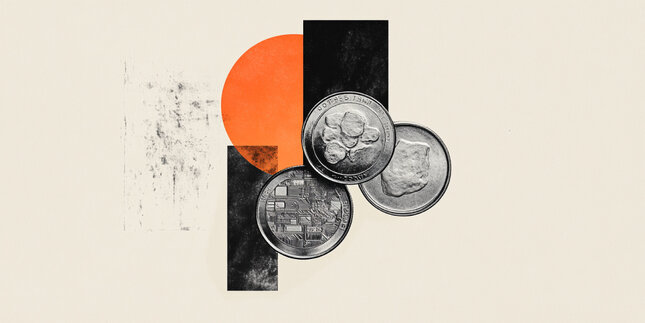AUD/JPY drops to near 95.50 as Australia's trade surplus shrinks to a three-month low
- AUD/JPY loses ground as Australia's trade surplus fell to 5,085M in December, the smallest balance since last September.
- The AUD faces challenges amid increased dovish sentiment surrounding the RBA’s upcoming policy decision.
- The Japanese Yen gains strength as solid wage and services data boost expectations of a more hawkish BoJ.
AUD/JPY extends its losses for the second successive day, trading around 95.60 during the Asian hours on Thursday. This decline of the cross is attributed to the subdued Australian Dollar (AUD) following the lower-than-expected Trade Balance data release.
Australia's trade surplus fell to 5,085M in December, missing the expected 7,000M and down from the previous surplus of 6,792M. This was the smallest balance since last September. Exports increased by 1.1% MoM, slowing from November's 4.2% rise, while imports surged 5.9% MoM, up from 1.4% in the prior month.
The weaker trade balance data in Australia bolsters the dovish sentiment surrounding the upcoming Reserve Bank of Australia’s (RBA) policy decision. The central bank is widely anticipated to deliver a rate cut in February. The RBA has maintained the Official Cash Rate (OCR) at 4.35% since November 2023, emphasizing that inflation must “sustainably” return to its 2%-3% target range before any policy easing.
Additionally, the AUD/JPY cross receives downward pressure from risk-off sentiment amid rising fears over US-China trade tensions. China, Australia’s key trading partner, retaliated against the new 10% US tariff that took effect on Tuesday. However, Trump stated on Monday afternoon that he would likely speak with China within the next 24 hours. He also warned, "If we can't reach a deal with China, the tariffs will be very, very substantial."
The Japanese Yen (JPY) strengthens against its peers as robust wage and services data fuel expectations of a more hawkish Bank of Japan (BoJ). Data showed that real wages in Japan increased for the second straight month in December, while nominal wage growth reached its highest level in nearly three decades.
Japan's Finance Minister, Katsunobu Kato, told parliament on Thursday that deflation has not yet ended. Kato also noted ongoing inflationary conditions as prices continue to rise.
Société Générale's FX analysts noted that the Japanese Yen is outperforming, while 10-year JGB yields have risen to nearly 1.30%, the highest level since April 2011. However, with the BoJ policy rate expected to peak around 1.00% over the next two years, the upside for both JPY and JGB yields remains limited.
Economic Indicator
Trade Balance (MoM)
The trade balance released by the Australian Bureau of Statistics is the difference in the value of its imports and exports of Australian goods. Export data can give an important reflection of Australian growth, while imports provide an indication of domestic demand. Trade Balance gives an early indication of the net export performance. If a steady demand in exchange for Australian exports is seen, that would turn into a positive growth in the trade balance, and that should be positive for the AUD.
Read more.Last release: Thu Feb 06, 2025 00:30
Frequency: Monthly
Actual: 5,085M
Consensus: 7,000M
Previous: 7,079M
Source: Australian Bureau of Statistics
Forex News
Keep up with the financial markets, know what's happening and what is affecting the markets with our latest market updates. Analyze market movers, trends and build your trading strategies accordingly.




















